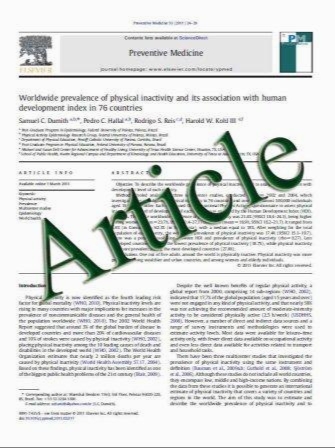Perinatal outcome of illicit substance use in pregnancy—comparative and contemporary socio-clinical profile in the UK
- نوع فایل : کتاب
- زبان : انگلیسی
- مؤلف : Nitin Goel & Dana Beasley & Veena Rajkumar & Sujoy Banerjee
- چاپ و سال / کشور: 2011
Description
The aim of the study was to determine the contemporary socio-clinical profile and perinatal outcome of illicit substance use in pregnancy in a large UK city and compare with published literature. Cases were identified retrospectively from the ‘cause for concern’ referrals over 5 years (2003–2007). Data was collected on mother–infant pair from medical notes and laboratory records. Chi-square and Mann–Whitney U tests were used where appropriate for statistical analysis. One hundred sixty-eight women were identified as using illicit substance in pregnancy. Smoking (97.4%), unemployment (85.4%) and single status (42.3%) were frequent. Besides controlled use of methadone, heroin, cannabis and benzodiazepines were the most commonly used drugs. Hepatitis C prevalence was high (29.9%) despite low antenatal screening rates (57.7%). Neonatal morbidity was related to prematurity (22.9%), small for dates (28.6%) and neonatal abstinence syndrome (NAS; 58.9%). By day 5 of life, 95.1% of the babies developing NAS and 96.1% of those requiring pharmacological treatment were symptomatic. Of the infants developing NAS, 31.7% required pharmacological treatment. A total of 82.5% babies went home with their mother, and 21.2% were placed on the Child Protection Register. Only 14.3% were breast feeding at discharge. Illicit substance use in pregnancy continues to be associated with significant maternal and neonatal morbidity, and the socio-clinical profile in this decade appears unchanged in the UK. Hepatitis C prevalence is high, and detection should be improved through targeted antenatal screening. Where facility in the community is unavailable, 5 days of hospital stay is sufficient to safely identify babies at risk of developing NAS. Most babies were discharged home with their mother.
Eur J Pediatr (2011) 170:199–205 DOI 10.1007/s00431-010-1284-6 Received: 7 June 2010 / Accepted: 17 August 2010 / Published online: 9 September 2010


